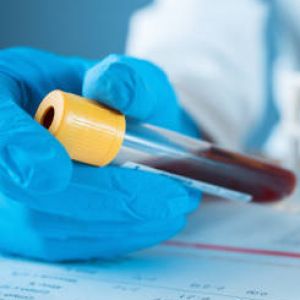How Complement System Enhances Antibodies to Regulate Immune Responses?Posted by Vivian creative on April 2nd, 2021 How Complement System Enhances Antibodies to Regulate Immune Responses? The complement system, or complement cascade, is regarded as a portion of the innate immune system and may appear 6-7 million years earlier than adaptive immunity. Recent studies have shown that the complement system can get involved in the communication of multiple cells and regulating immune responses, working as a bridge between the innate and adaptive immune responses. Main Tasks of the Complement System The complement system plays an important role not only in defending infection but also in the development of autoimmune diseases. The core function of the complement system is to lyse cells, bacteria, and viruses, as well as to initiate phagocytosis by opsonization. What’s more, it exerts influence in triggering inflammation by engaging with immune system cells. To be straightforward, the complement system is expected to take these functions:
How Does the Complement System Work? The complement system consists of a variety of proteins and protein fragments that are synthesized by the liver and circulate in the blood as inactive precursors (known as zymogens). Zymogens need to cleavage and become active enzymes for cytolytic and bactericidal activity. The activation of the complement system may be triggered by antigen-antibody complex, lipopolysaccharide, mannosans, peptidoglycan, etc. Stimulated proteases in the system will cleave specific proteins to release cytokines, further inducing an amplifying cascade of cleavages. There are three different pathways involved in the activation of the complement system.
Complement System Research and Development Studies show that though the complement system takes a key part in defense against pathogens and host homeostasis, the possible unfavorable results cannot be overlooked. When the complement system is regulating immune responses with specific signals, excessive or insufficient activation of the system may cause damages to healthy host cells or tissues. As for the double-edged functions of the complement system, more and more complement therapeutics are developed, including serine protease inhibitors, soluble complement regulators, therapeutic antibodies, complement component inhibitors, and anaphylatoxin receptor antagonists. Meanwhile, many life science solution providers get into complement antibody development, serine protease inhibitors development, complement-directed drug discovery, commercial complement product manufacturing, etc. in response to complement research. Up to now, the complement therapeutic research has been undergoing a highly successful and inspiring period, and numerous complement-based drugs are discovered to treat diseases such as autoimmune disease, nephropathy, osteology, genetic disease, infection, neurology, inflammatory disease, ophthalmology, and cardiovascular disease. Like it? Share it!More by this author |


